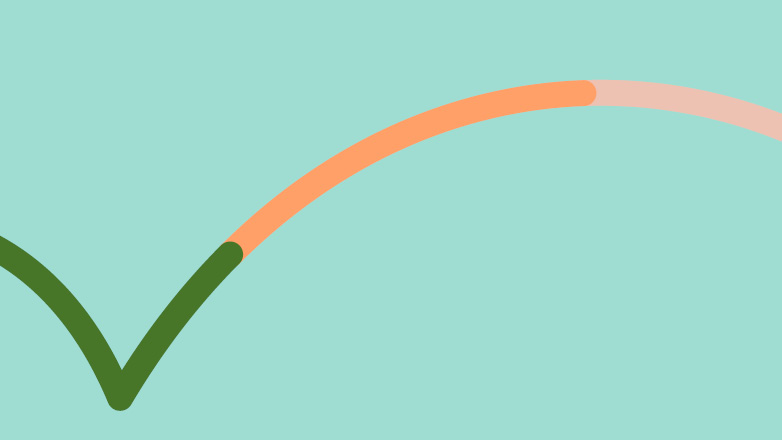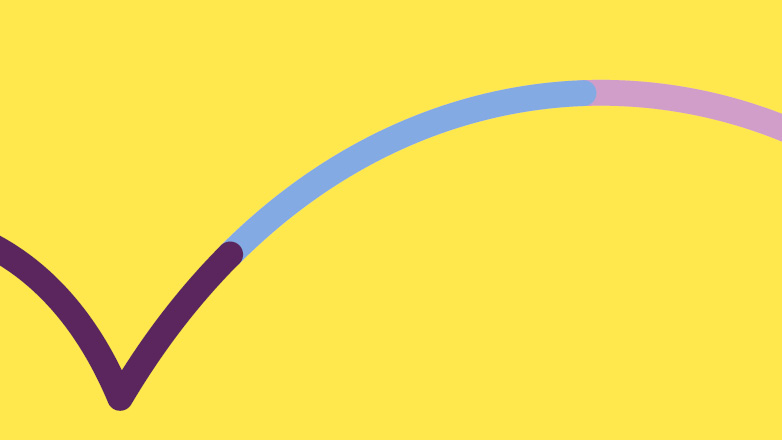Expansion of the definition of product under The Revised Product Liability Directive – the Finnish Perspective
The new EU Revise Product Liability Directive (RPLD) (Directive (EU) 2024/2853) updates product liability rules to better align with the impacts of the digital age, the circular economy, and global value chains. The directive maintains the no-fault liability principle, where manufacturers are liable for defective products regardless of negligence, but expands the scope of those products to include standalone software and AI systems and digital services integrated into products. In this article we consider Article 4 of the RPLD in more detail. Article 4 expands the definition of product included within liability regime the RPLD. We will also consider how the RPLD will update the current product liability regime in Finland.
This article forms part of our series on the RPLD. Links to previous articles in the series can be found at the end of this article.
The product liability regime in Finland
The new RPLD repeals Product Liability Directive (85/374/EEC of 25 July 1985), which is implemented by a single piece of legislation, the Finnish Product Liability Act (694/1990, as amended). The Product Liability Act is rather shortish enactment containing only 14 Sections.
In Finland, the new RPLD necessitates certain amendments to the Product Liability Act. These amendments primarily involve the scope of the law, the burden of proof, and the statute of limitations. Furthermore, the Finnish Government assessed in 2022 that the directive is expected to require changes to the Damages Act and procedural provisions, particularly concerning causation and negligence presumptions. However, Finnish legislation in these respects seems to be largely consistent with the new directive’s provisions, so major changes to these laws and provisions are not expected. The guiding principle for implementing the directive is to amend national legislation only to the extent necessary for its implementation.
Expansion of what is a ‘product’
The new directive updates product liability rules to better align with the impacts of the digital age, the circular economy, and global value chains. Among other things, the new directive expands the definition of 'product'.
The new directive now also covers software, AI systems, and digital manufacturing files, which were not part of the previous legislation. In the RPLD, the definition of 'product' is expanded to include digital manufacturing files, raw materials, and any software, including stand-alone software and AI systems. Manufacturing files refer to, for example, files for 3D printing, while raw materials include, for example, gas and water. Free and open-source software is excluded from the scope of the directive, as long as it is not distributed commercially.
Products in the digital age can be tangible or intangible. Various types of software, such as operating systems, applications, and AI systems, are becoming more common in the market and the safety of these products is becoming increasingly important. Software is capable of being placed on the market as a standalone product or can subsequently be integrated into other products as a component, and it is capable of causing damage through its execution and use.
A component, under the RPLD will mean any product or service related to a product that the manufacturer integrates or inter-connects to the product, or that is integrated or inter-connected to the product under the manufacturer's control. Examples of related services include a health monitoring service that relies on a physical product’s sensors to track the user’s physical activity or health metrics or a voice assistant service that allows one or more products to be controlled using voice commands. However, information is not considered a product, and therefore product liability rules will not apply to the content of digital files, such as media files or e-books, or to the mere source code of software.
An example of a new “product” in the RPLD is a music streaming application installed in a car. This application is a “product”, and its malfunction is covered by the Directive. Consequently, if the application jams the car’s systems, the RPLD may offer the damaged party remedy.
Implementation and next steps
The RPLD must be implemented by 9 December 2026. In Finland, the Ministry of Justice started preparing the necessary national legislative amendments required by the directive in March 2025. The goal is to update the regulations concerning the liability of manufacturers and certain other parties for defective products. This is intended to ensure a high level of consumer protection, as well as fair operating conditions and legal certainty for individuals.
We will continue to update you about the progress of implementation. If you would like to know more about the RPLD and its implementation in other EU member states, please click here to access our content. If you would like to know more about the RPLD in Finland please reach out to one of the authors or your usual Bird & Bird contact.
For more articles on the RPLD:





